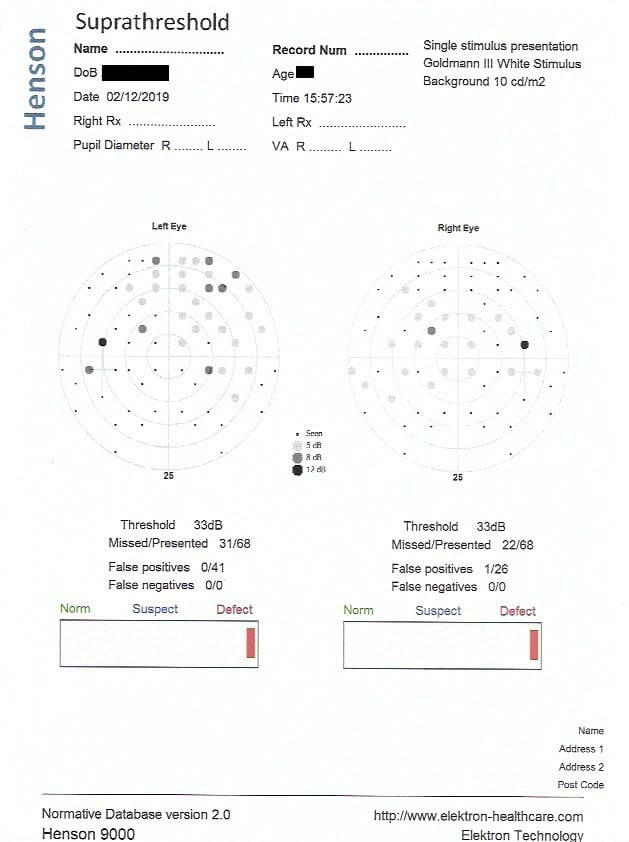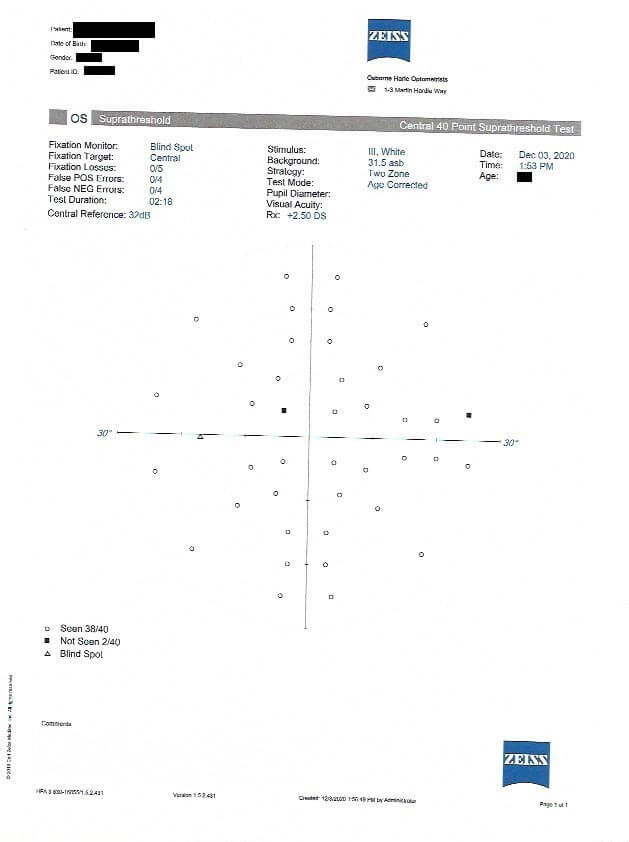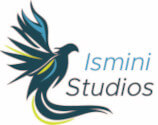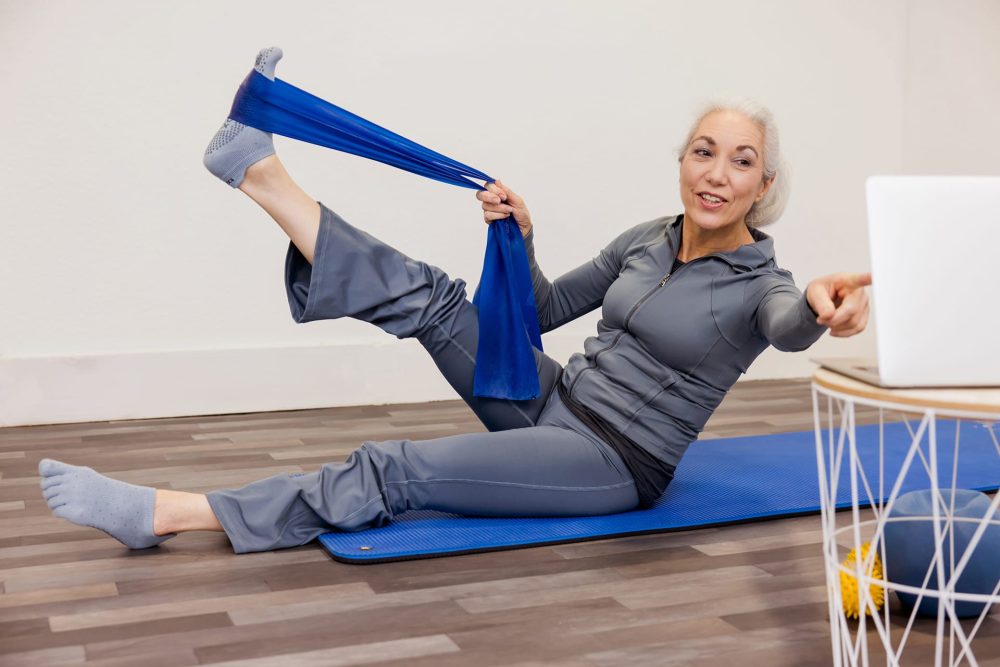“…The same tests showed my visual field is now normal with only a slight issue in my bad eye.”
In my teens, I remember my dad telling me that if I did regular eye exercises, it could help improve my eyes and stop their deterioration. I think he had read a newspaper article about it or seen a documentary on TV. I am shortsighted and as a teen I hated wearing glasses. I think I tried the eye exercises a few times, after my dad showed me, but then gave up.
In the early 2000s, I read a short article about the Feldenkrais Method® in Holland & Barrett’s Healthy magazine. I thought this type of exercise therapy sounded interesting and was something I could explore later on in life (at the time, I was immersed in my Pilates practice). Then about five years ago, I was reading The Brain’s Way of Healing by Norman Doidge. In this book I once again came across The Feldenkrais Method®.
Norman Doidge dedicates an entire chapter to Moshe Feldenkrais®. Doidge touches on the story of David Webber. Webber lost his eyesight completely due to uveitis—an autoimmune disease that attacks and inflames the inner lining of the eyes. He had experienced the Feldenkrais Method® and because Moshe Feldenkrais understood that the eyes move the body, and through his own knowledge, Webber thought that he could reverse this and have the body move the eyes. In other words, if energy can go from A to B (in terms of the neurons) then they must also be able to go from B to A in order to normalise the muscles. Eyes are part of the nervous system. So as Webber’s muscles relaxed, the inflammation of his eyes began to reduce. With dedication and practice, David Webber gradually got his eyesight back to 20/20 vision.
I would love to help you ease your mobility and function with either my Awareness Through Movement® group lessons or Functional Integration® private lessons.
Moshe Feldenkrais®’ work, along with my interest in the brain and the nervous system, inspired me to take the four-year Feldenkrais training course. I was excited at the prospect of being able to help my family, friends, students and existing and future clients, in another way. I am now close to completing this course.
And so, with that being said, I have a wonderful story to share with you. I met Jane just over a year ago. She came to my studio in Tonbridge to do Pilates on the machines on her physio’s recommendation. Jane was suffering from ocular migraines, dizziness from the progression of a genetic eye condition and other long standing musculoskeletal problems caused by an historic car accident. During her sessions, I introduced Jane to some Awareness Through Movement sequences, particularly those related to the eyes.
About 7 months into our work together we went into a national lockdown which forced my Pilates studio to close. Initially Jane didn’t want to work with me on Zoom, but as lockdown persisted and her body started to complain, she contacted me and asked if we could begin some online sessions. During one of these sessions, I recorded some eye sequences for her and recommended that she practice them daily to see if they made a difference to her ocular migraines, her dizziness, and her sight. I told her that they had improved my own astigmatism and was curious to know if they would make a difference to her.
Contact Ismini Studios
On 9th December 2020 Jane came for her in-studio session after another month of lockdown. She had some exciting news to share about an eye scan she’d had for her field of vision on 3rd December 2020. She said she didn’t think she had done well but the ophthalmologist had told her that she didn’t miss any of the light spots and that her field of vision had improved. She wrote to me about her experience on 20th December and kindly sent in her 2019 and 2020 scans for us to compare.
Please read her story below. If you suffer from an eye condition or a neurological/auto immune disease, then please get in touch. I would love to help you ease your mobility and function with either my Awareness Through Movement® group lessons or Functional Integration® private lessons.
Ismini
Jane’s Story
“I have a rare genetic eye condition called Pattern Macular Dystrophy, giving me a blind spot in my left eye. This condition results in progressive vision loss.
Last year I experienced a sudden deterioration in my condition and this led to the onset of repeated debilitating ocular migraines and dizziness. I was referred to a neurologist and undertook a program of vestibular physiotherapy with limited success. The physiotherapist suggested I looked into rehabilitation Pilates and that is how I was introduced to Ismini.
I have been having regular 1-to-1 sessions with Ismini and this is supplemented with ‘homework’ of specific exercises I complete for my eyes. The basic principle is to support my brain and optic nerve to adapt to the reduced visual signals and ultimately minimise the impact of the macular damage on my vision.
At the start of this year my visual field was significantly reduced – officially noted as ‘defective’. This reduction was showing way outside the direct area of my macular dystrophy, a reminder of how my visual system was overloaded and under strain. Last week, the same tests showed my visual field is now normal with only a slight issue in my bad eye. Whilst this seems incredible, it is exactly what Ismini had explained could be possible – by working together consistently to help retrain the neuro pathways in supporting interpretation of those reduced visual signals.
Whilst I still have a blind spot, and a number of challenges as a result, my dizziness is all but gone, my ocular migraines far less frequent and my visual field significantly improved.
Ismini’s calm, attentive and confident approach throughout my treatment has given me a positive outlook on my condition and enabled me to start to reintroduce activities that I thought would no longer be possible.”






